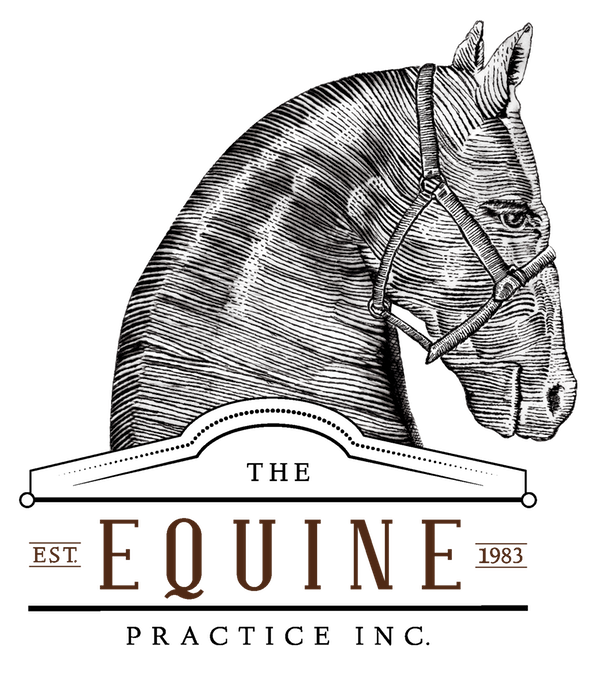1 = Smooth, 2 = Slight 3 = Ready To Float, 4 = Overdue, 5 = Sharp As A Rip Saw
Points are the sharp edges created on the edge of the chewing surface that can create sores (ulcers) on the cheeks as well as the tongue. Removal of this excess hard enamel is the process of floating the horse. The rasp “floats” over the wave-like sharp edges until the surface becomes smooth. Eruption, Not Growth Have you ever used a mechanical pencil? They were popular a while back and were handy because you never needed a pencil sharpener. The middle of the plastic pencil handle had a tube you would fill with a core of graphite about 2 1/2 inches (65 mm) long. As you wrote with it, the exposed graphite would be used up. Then, a simple click of the button on the top or side of the tube and a 1/8 inch (3 mm) of new graphite would appear.
Think of the tooth in the horse like the graphite core you place in a mechanical pencil. Remember, horse teeth are not like our teeth or the teeth of your dog or cat. No, they are not like shark teeth, either. While they use similar materials, the horse developed teeth to work with their continuous eating and chewing lifestyle. Horses do not continually grow teeth, as many people believe. The teeth are fully grown by five years of age. A small portion is exposed above the gum line, while the remaining non-visible part is held in reserve below the gum line. As their teeth wear from use, it is replaced with the tooth held in reserve, just like the lead is clicked out in the mechanical pencil. When all of the reserve tooth is used, no more tooth is left to be held in the gum, and it falls out, just like the pencil running out of graphite.

